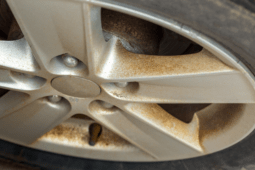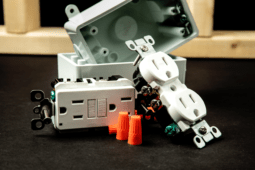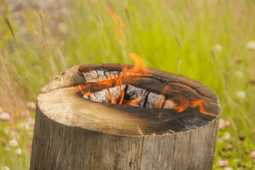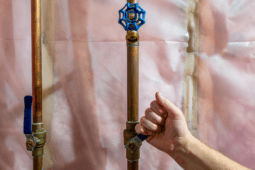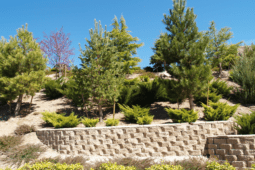How to Make a Phone Charging Station From Scrap Wood
It’s a whole lot easier to remember to charge that phone when it’s secured in a spiffy-looking block. We made a simple cube charging station out of reclaimed pallet wood. A few weeks ago, I built a large state sign for my wall from a busted-up pallet.
![credit: David [manmadediy.com] slotting for a charging station](https://s3.amazonaws.com/manmadediy-uploads-production/photos/24827/IMG_8103_large.jpg?1424554618)
I kept a few of the spacing blocks thinking about what could be made from this weathered wood. So, this weekend, I cleaned off my nightstand to simplify my daily landing space, and this project just seemed to be just the right fit. Here are a few steps on what I did to make a custom charging block from reclaimed wood.
![credit: David [manmadediy.com] Testing the fit of the cell phone charging block](https://s3.amazonaws.com/manmadediy-uploads-production/photos/24828/IMG_8114_large.jpg?1424554666)
![credit: David [manmadediy.com] Rough wood block](https://s3.amazonaws.com/manmadediy-uploads-production/photos/24830/Charging%20Station%20(3)_large.jpg?1424554805)
Step 1: Find a Suitable Piece of Reclaimed Wood
First, find a suitable block. Since it’s going to be on the nightstand, I didn’t want something too large, but a few of the bigger pieces may be made into tablet stands in the near future. One of the things I liked about the small block I picked was the light “China Treated” stamp that I traced and rubbed down with lubricant oil to make stand out a bit more. After picking the piece, give it a good sanding to smooth off the rough edges. Don’t have any scrap wood laying around? Here’s a guide on where to find reclaimed wood.
![credit: David [manmadediy.com] Drilling a hole through reclaimed wood block](https://s3.amazonaws.com/manmadediy-uploads-production/photos/24831/Charging%20Station%20(4)_large.jpg?1424554871)
Step 2: Drill Holes for the Cables and Charging Port
I used a small Forstner bit to drill the hole through the block. This was a pain due to the thickness, so I had to go slow and evacuate the sawdust out often for a nice clean hole. I drilled the hole to give the bottom of the slot some play as I will be sliding the phone in and out often so I don’t want it too tight. *My phone has a side charging port, if yours comes in the bottom I would recommend the same drilling through, then a hole down to the bottom and a small slot from the back to the hole in the bottom for the cord.
![credit: David [manmadediy.com] Cutting a slot for the phone](https://s3.amazonaws.com/manmadediy-uploads-production/photos/24832/Charging%20Station%20(6)_large.jpg?1424554932)
Step 3: Cut a Resting Slot for the Phone
Set the table saw to cut a slot to the drilled hole. The angle doesn’t really matter, but mine was at about 20 degrees or so. I cut one pass, then moved the fence back a bit for the second pass which left a clean slot the length of the block.
![credit: David [manmadediy.com] Finishing a Wood Block](https://s3.amazonaws.com/manmadediy-uploads-production/photos/24833/Charging%20Station%20(8)_large.jpg?1424555035)
Step 4: Sand and Finish
Lastly, sand it up and finish as you please. I actually took a few of the rusted nails from the pallet and pounded them back into the block at this point for a bit of extra character. One coat of wipe-on poly finish and was a complete project, ready for daily use.
![credit: David [manmadediy.com] Finished Charging Station](https://s3.amazonaws.com/manmadediy-uploads-production/photos/24834/Charging%20Station%20(1)_large.jpg?1424555084)



